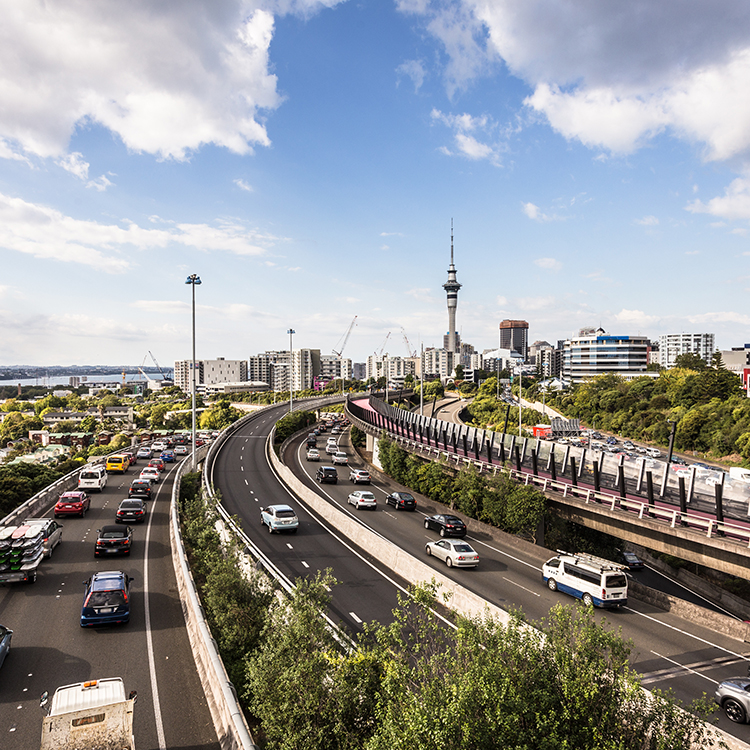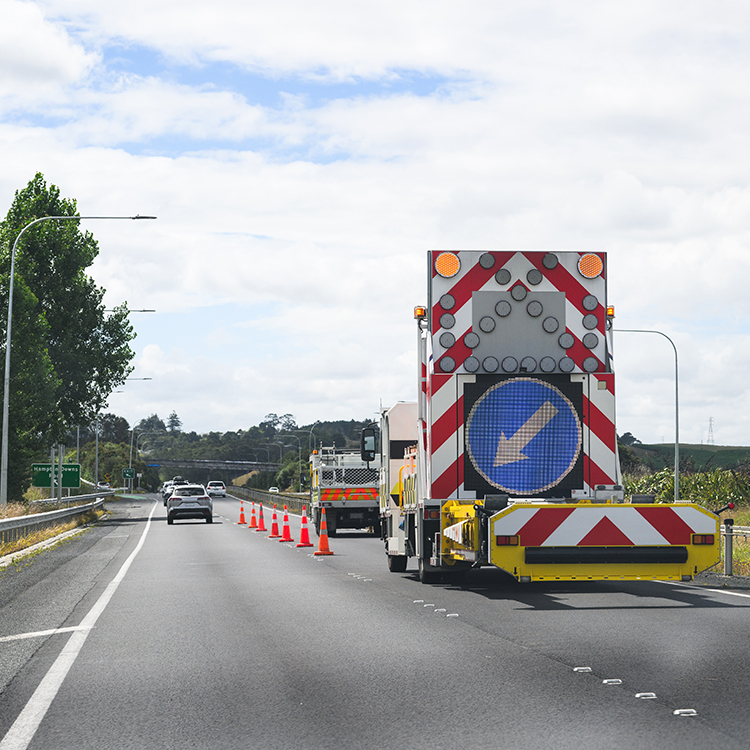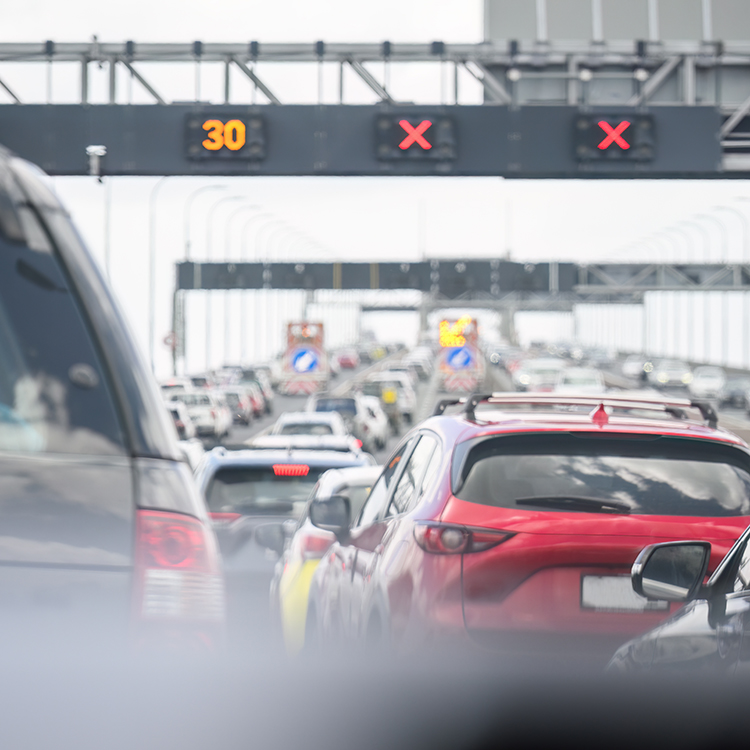
Can EVs help power the grid?
The AA Research Foundation has found that EVs have the potential to become a crucial part of New Zealand’s electricity system.

An AA Research Foundation survey reveals the changing ways AA Members get around and highlights the main issues faced by Kiwi drivers.
Driving is the main way New Zealanders get from A to B, but a recent AA survey of more than 7,000 Members found cycling, taking the bus and walking are gaining ground.
Driving dominates; 97% of Members said they had driven in the last four weeks and 60% said they had been a passenger. But significant numbers also use other means to travel.
Walking rated highly, with 60% of Members ticking that option, while 15% had cycled (bicycle, e-bike or both), 15% bused and 6% had hopped on a train. Smaller numbers used motorcycles or mopeds (3%), e-scooters (2%) and mobility scooters or wheelchairs (1%).

AA spokesperson Dylan Thomsen says changes in personal circumstances such as people moving house or starting a new job will naturally influence how they travel, however additional factors have likely had some sway.
“With the slow economy and cost of living crisis, people are opting not to use their cars as much and are looking for more affordable travel.
“We have also seen increasing investment in cycling infrastructure, particularly in bigger centres. Those places where cycle networks have expanded rapidly report increased rider numbers, although there are still debates about the best way for cyclists and drivers to share road space.”

Wellington showed the highest public transport usage with 27% of participants catching a bus and 25% using the train in the previous four weeks; the capital also sat at the top when it came to walking trips (70%). The regions most into cycling were Canterbury and Marlborough (16% and 17%).
Auckland Members had the second highest bus use in the country at 19%, however they were also less content with their ability to use other sustainable modes, with high dissatisfaction rates in shared spaces (51%) and safe road design for cycling (44%). Satisfaction with footpath accessibility was also low, at 19%.

A consistent source of dissatisfaction in previous Local Transport Surveys has been the condition of New Zealand’s roads. 2025, unfortunately, didn’t buck that trend.
More than half of respondents (54%) expressed frustration with the state of New Zealand’s roads with this especially pronounced in Northland, Wairarapa, South Canterbury and North Otago, where dissatisfaction exceeded 60%.
Otago (42%), Auckland (45%), and Wellington (44%) were where there was the lowest dissatisfaction with the roads. Even in those better-performing areas the percentage of Members who felt satisfied with the state of their roads did not get higher than the mid-30s.
There is a renewed focus on road maintenance, but Dylan says the country is still playing catch-up and this was reflected in the survey results.
“Road maintenance flatlined in the mid-2010s. Authorities fell into a cycle of band aid repairs rather than the more extensive work needed; the AA has been pushing authorities for better maintenance for years.

“We are very pleased that there has been a big increase in funding and focus on maintenance with initiatives like the Government’s pothole fund. Hopefully we’ve turned a corner and we'll see AA Members happier with their roads in future surveys.”
Other people’s driving was the second biggest concern for Members with 51% citing aggressive driving, poor rule-following and lack of courtesy as worrying issues.
While most people on the roads are decent and not intentionally trying to be risky or cause problems, the survey results make it clear that there is still a lot of work to be done to improve driving skills and behaviour in New Zealand.
Just under a quarter of AA Members said their time behind the wheel was increasing with 23% saying they were driving more than they were 12 months ago.
The most common reasons for driving more were the need to make several stops on a given outing (33%), that people were travelling more overall (30%), and changes in personal circumstance and convenience (each 24%).
“Regions like Auckland and Wellington have extensive and well-established public transport networks but in other regions bus timetables are limited and passenger trains non-existent. Successful public transport systems have frequent services going to where people live, work, shop and relax. People will opt to drive if there isn’t an attractive alternative available and that’s what we see in some parts of New Zealand,” Dylan says.
Northland (31%), Otago (28%) and South Canterbury (26%) had the highest proportion of Members saying they drove because of the lack of alternatives.
This story is from the Summer 2025 issue of AA Directions magazine.